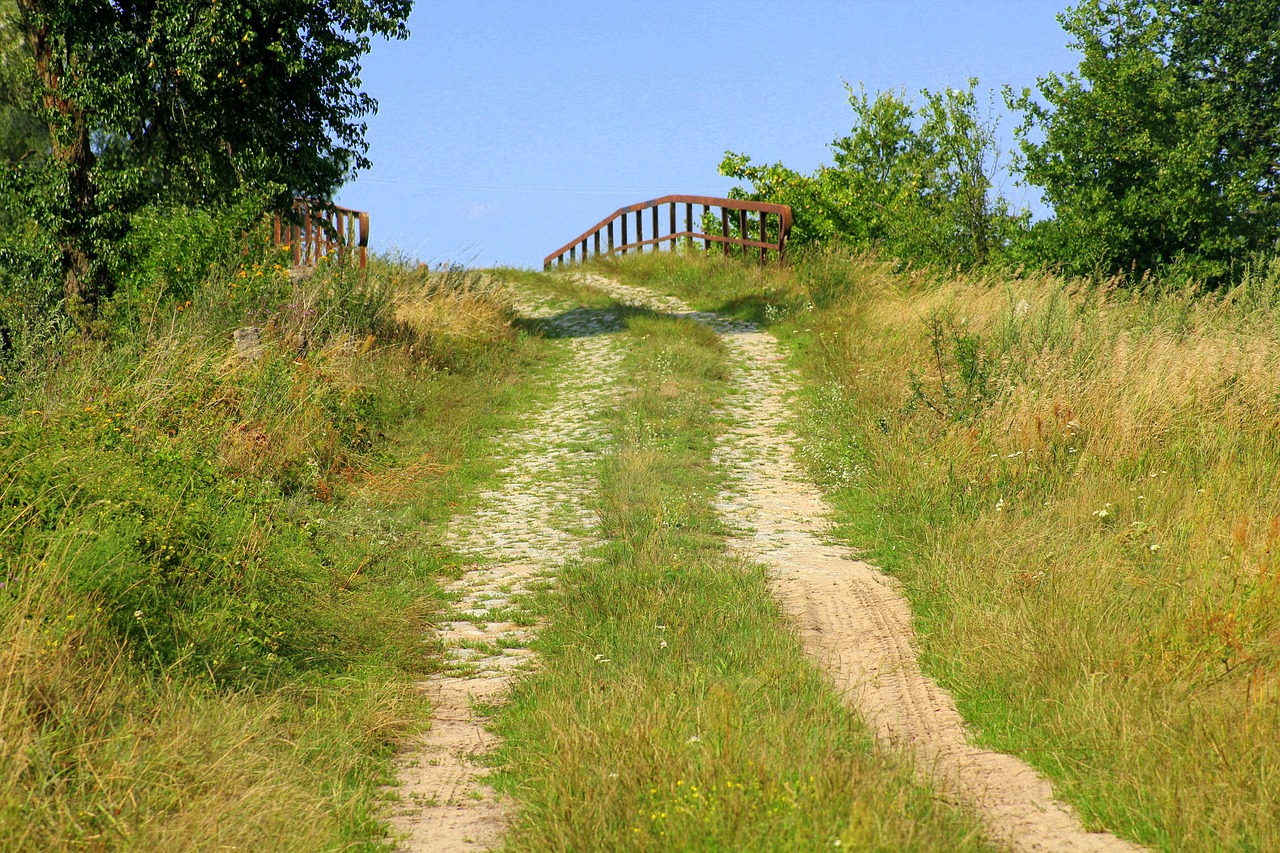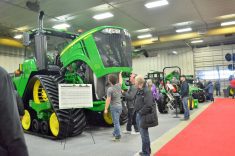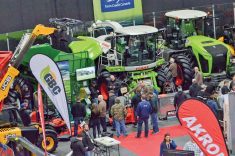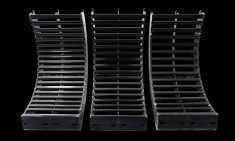Long before the arrival of ATVs and colour television, the most common implement we used on the southern-Illinois dairy farm of my youth was our own two feet.
Everyone from my parents to the hired hands walked everywhere, every day, without complaint or, as often was the case for me and my brothers, shoes.
My mother walked more than any of us. For decades, she was on her feet from before dawn until well after dark, cleaning, cooking, canning, baking and doing laundry. You name it, Mom did it on her feet and in a hurried, “keep up!” pace.
Read Also

Manitoba Ag Days 2026: Local businesses gear up for Brandon farm show
Most of agriculture is seemingly at Manitoba Ag Days each January: Manitoba agribusinesses and farm groups look forward to connecting with farmers at the 2026 show.
Dad probably walked as much, but his stride was less urgent. His day began with a starlit, 300-yard walk to the milking parlour and, after two hours of back-and-forth shuffling between cows, Dad walked home for breakfast.
A noon meal and a brief nap broke up Dad and Mom’s on-their-feet routine. Then, right at 1 p.m., an afternoon of more working and more walking ensued until four in the afternoon, when Dad would walk back to the house for “lunch.” Ten minutes later, he was walking to the barn for two more hours of the milking-parlour shuffle.
Finally, around 7 p.m., Dad would make another quiet, solitary walk home to another quiet, solitary supper.
Those walks ended in the late 1960s, when Dad bought a used Ford pickup. It had two purposes: to carry our camper a couple of times a year and to carry Dad to and from the dairy barn.
It was a mid-‘60s plow horse, not a 2020s bejeweled show horse. It had a bent tailgate and a clattering, six-cylinder engine. Its air conditioning was two hand-cranked windows, its power steering was your two arms, and its spring-filled bench seat sported the finest, cracked blue vinyl Detroit ever sold.
My brothers and I followed Dad’s cue. As we approached our mid-teens, each of us traded our feet for rubber tires, engines and the rush of wind through our crew-cut hair.
Oldest brother Rich acquired a high-mileage Cushman motor scooter. It was fat-tired, primer-gray and almost impossible to start. Still, when running, it was a dream machine to any farm boy.
Shortly thereafter, second-oldest David purchased a solidly built, homemade go-kart. It sat about four inches off the ground—a real hazard on our crowned rock road—but its engine pushed it past 32 kilometres per hour.
It inspired me to weld a short-lived duplicate — short-lived because Dad preferred his garden tiller engine on his garden tiller.
I soon out-machined everyone, though. For only $69, I bought a sparkling blue, factory-made minibike. The purchase included a frame, wheels, handlebars, hand throttle, chain, centrifugal clutch and the promise of unparalleled freedom.
Mom was furious that I had purchased a “deathtrap” without her permission. For days, she predicted I would break my arm or neck, or both, the first time I rode it. I assured her that nothing of the sort would ever happen.
Then, on my maiden voyage across a frozen field covered with soybean stubble, I crashed. Hard.
My arms and neck were fine; my pride and the minibike’s right handlebar were in pieces. Somehow, I got the broken machine back to the farm shop without Mom’s notice. There, David, a better welder than me, tacked the deathtrap back together.
That minibike ended my farm walking days forever. Better yet, I explored every back road, field road and road shoulder, all without a licence.
Two years ago, my speedy, two-wheeling days ended for good with a bicycle crash. I am, again, a full-time walker.















